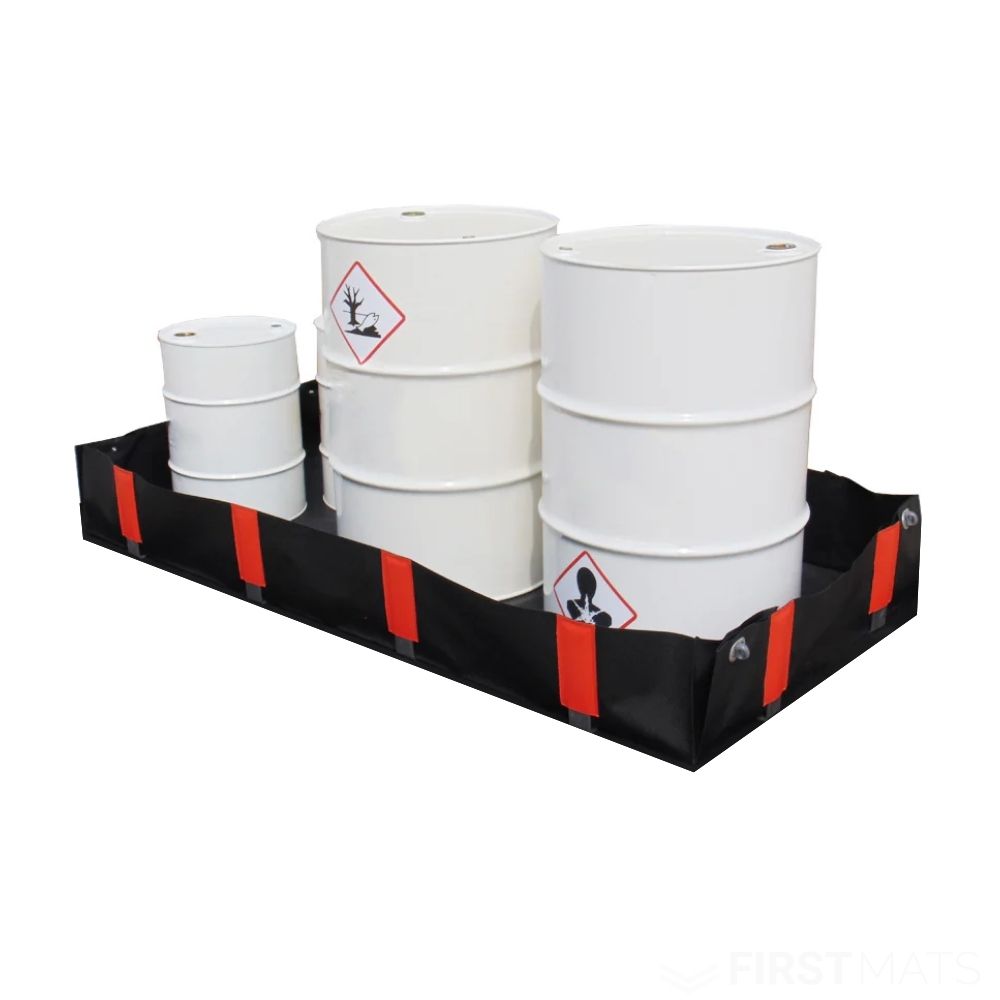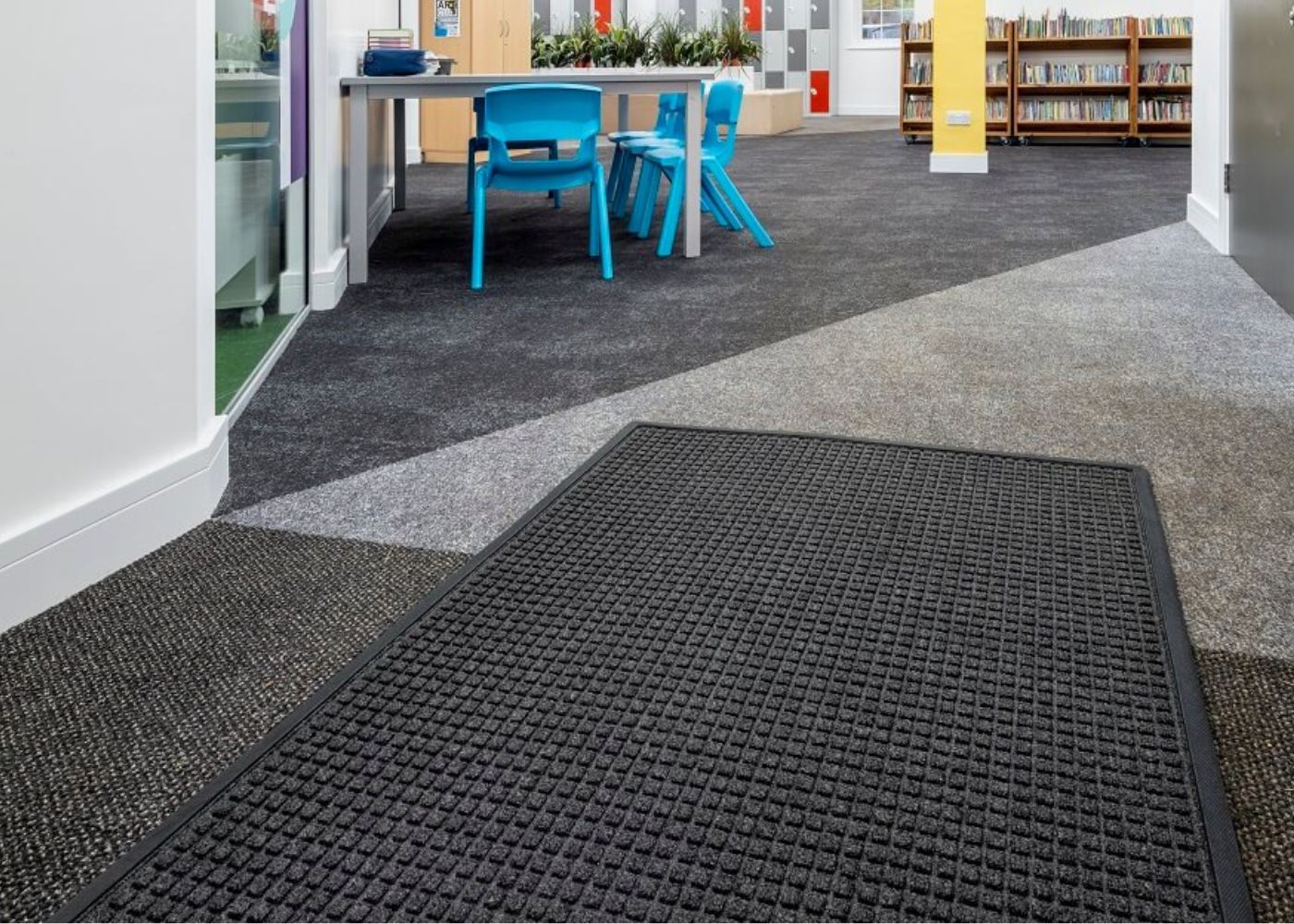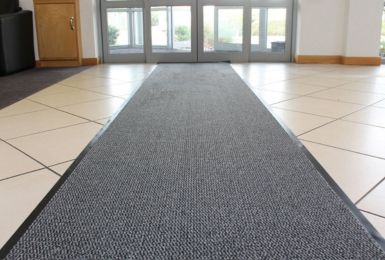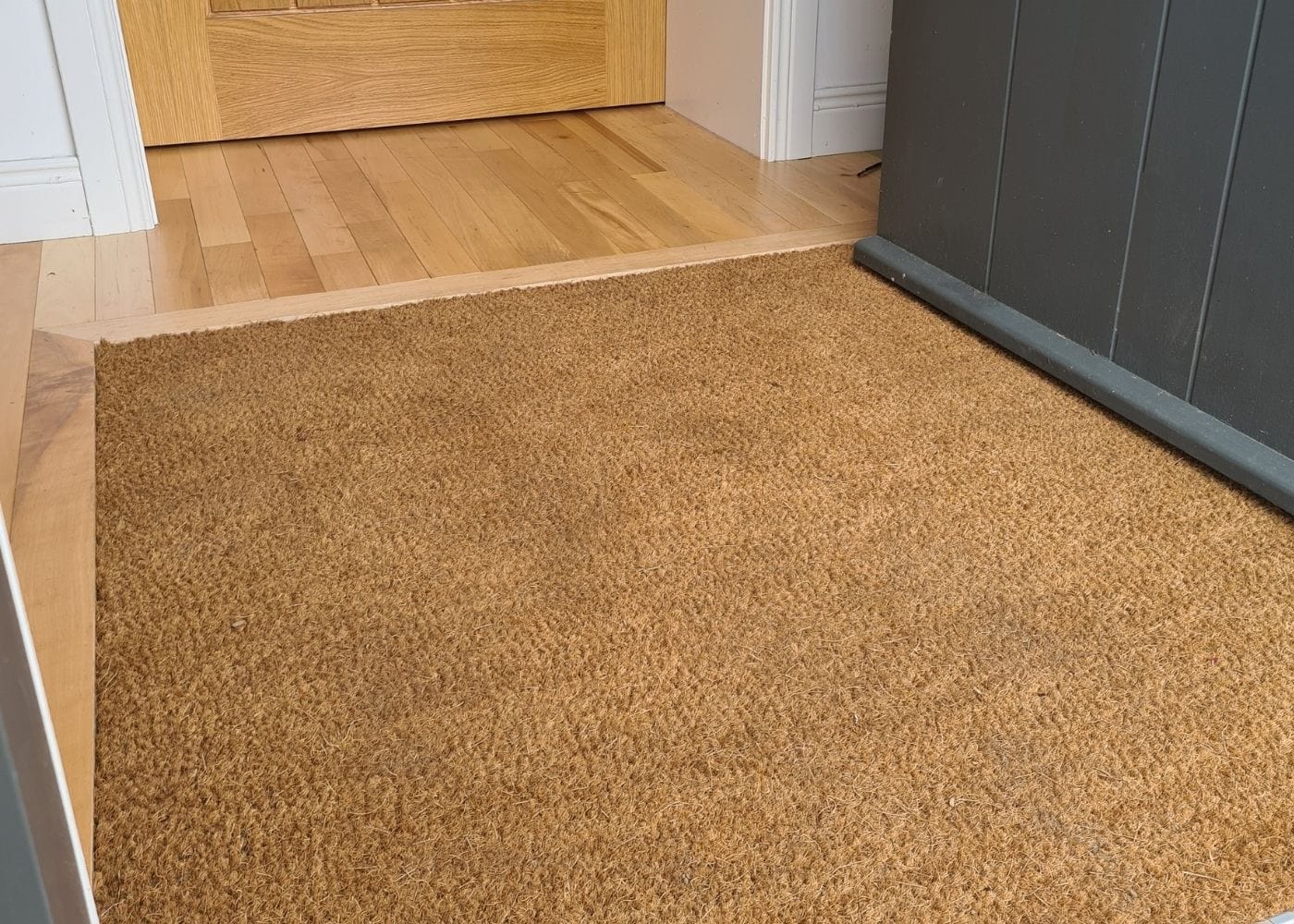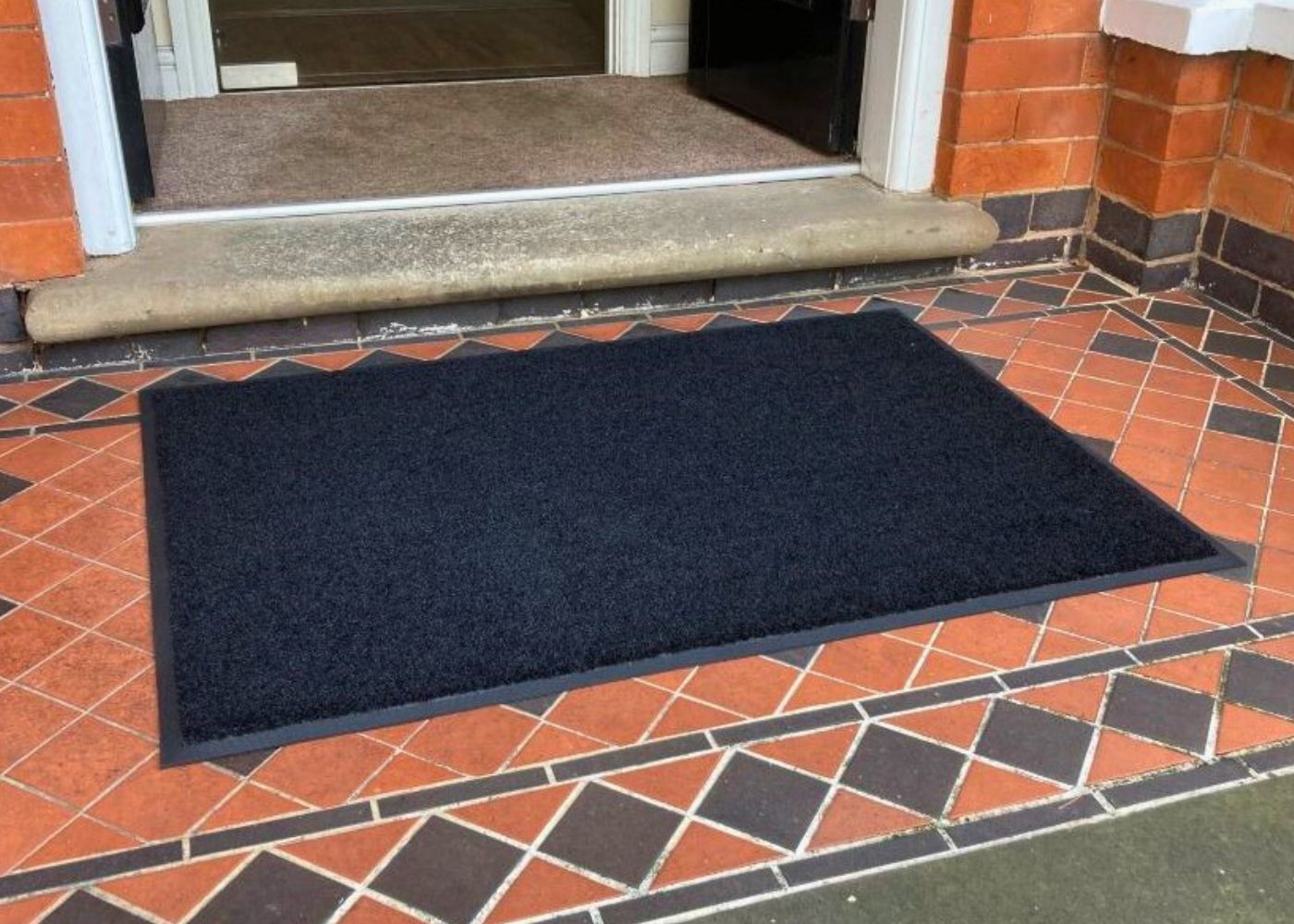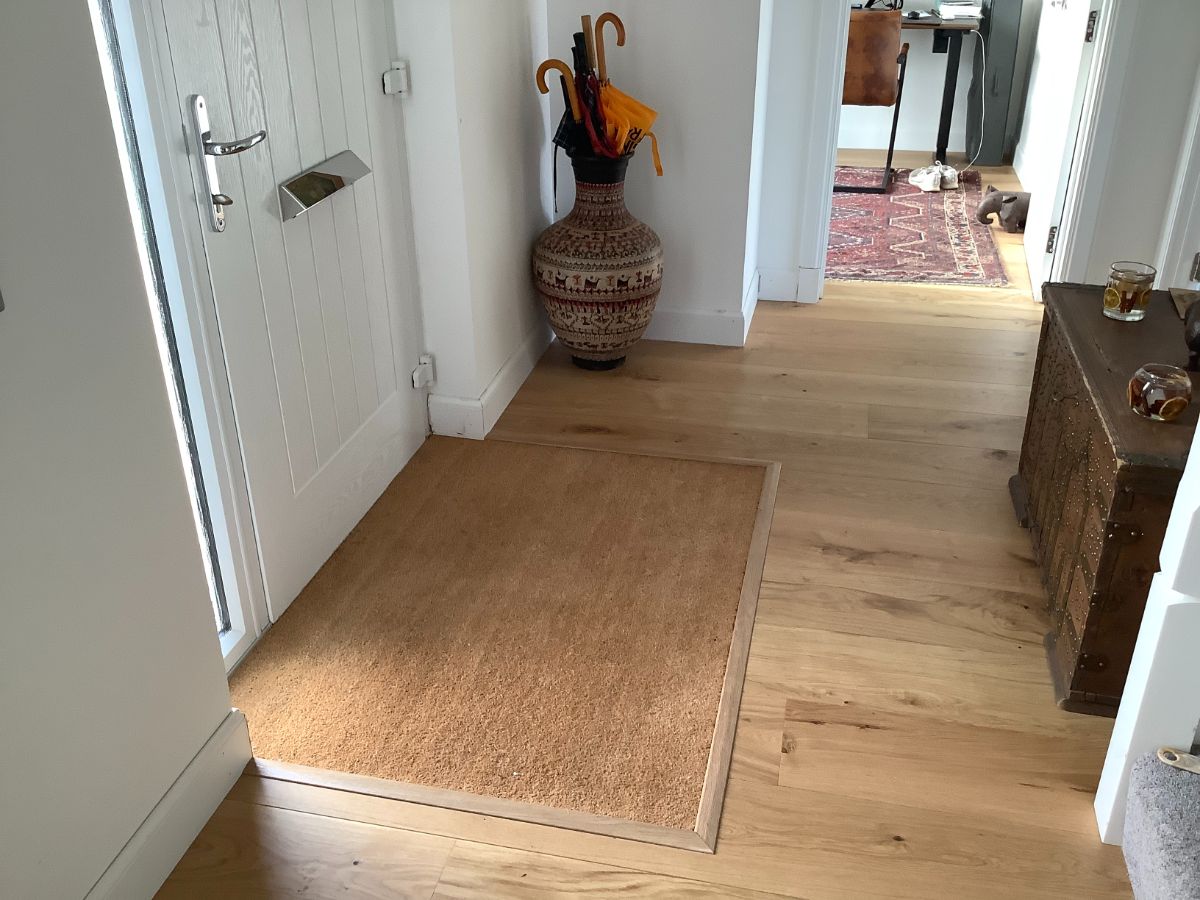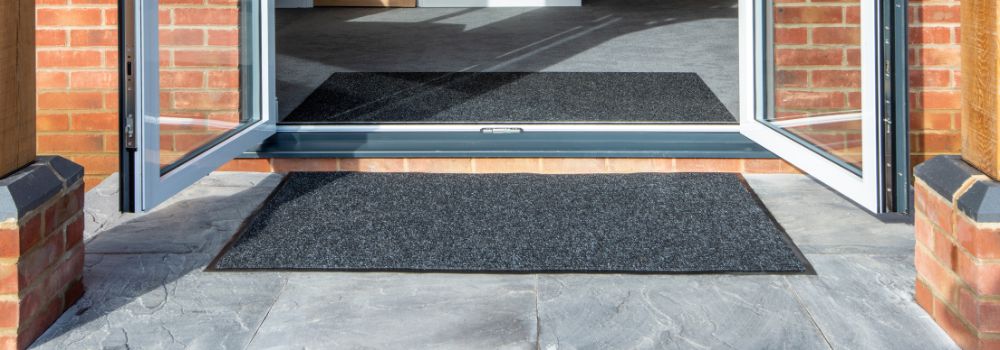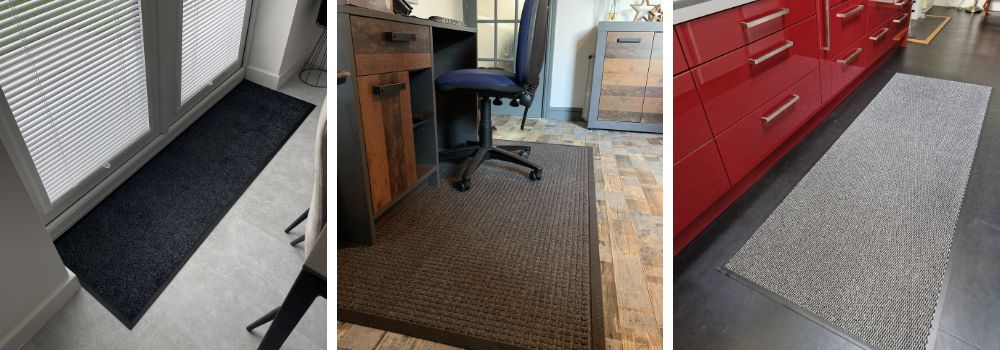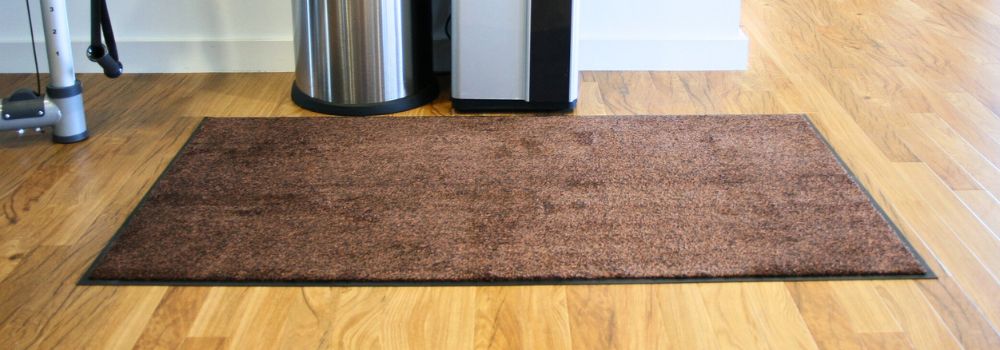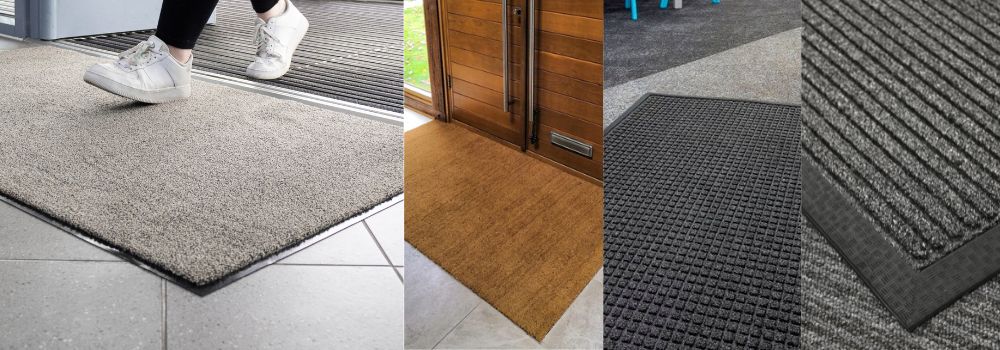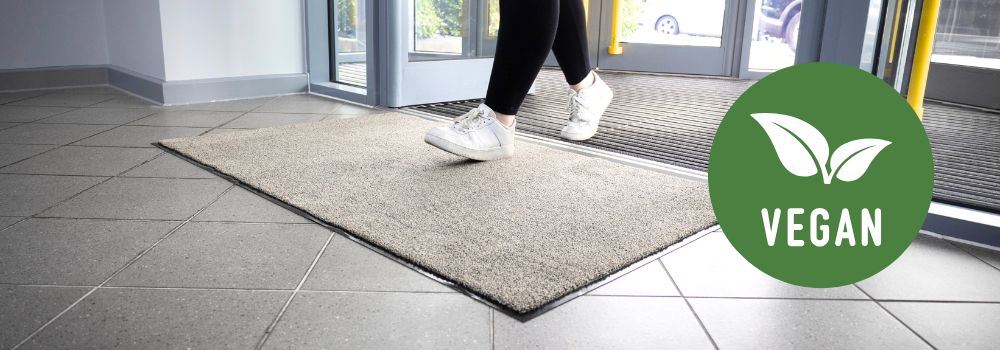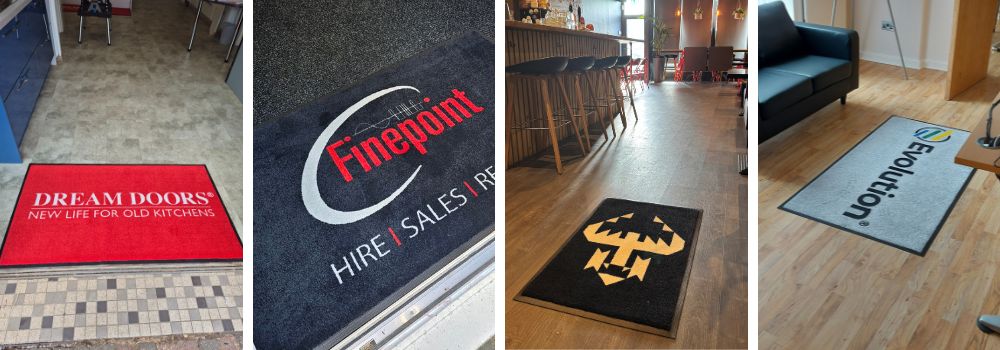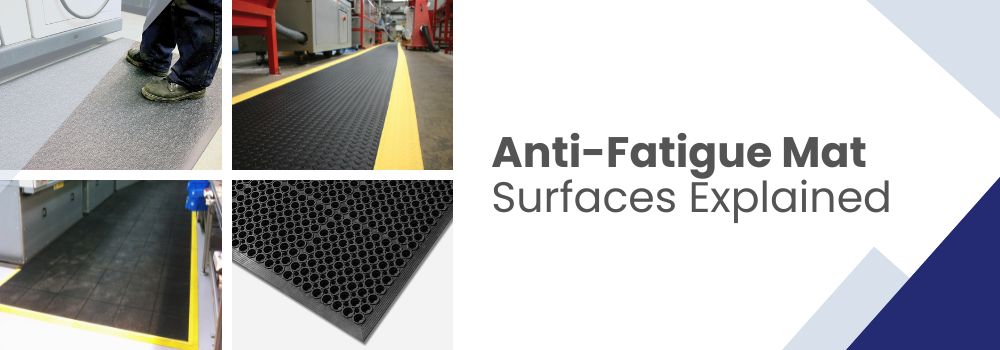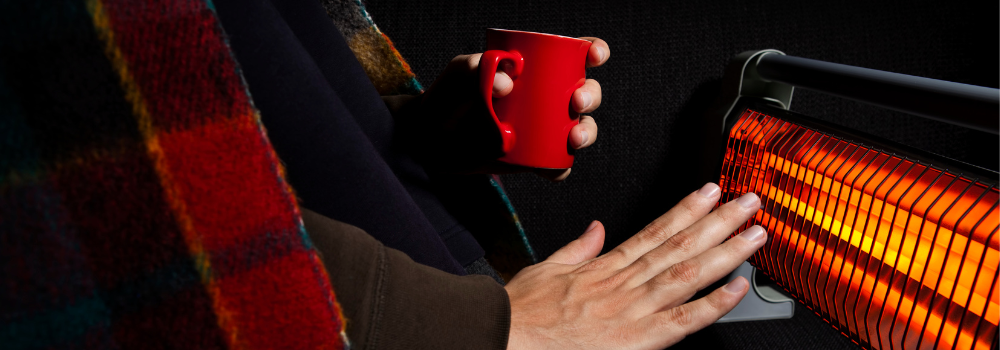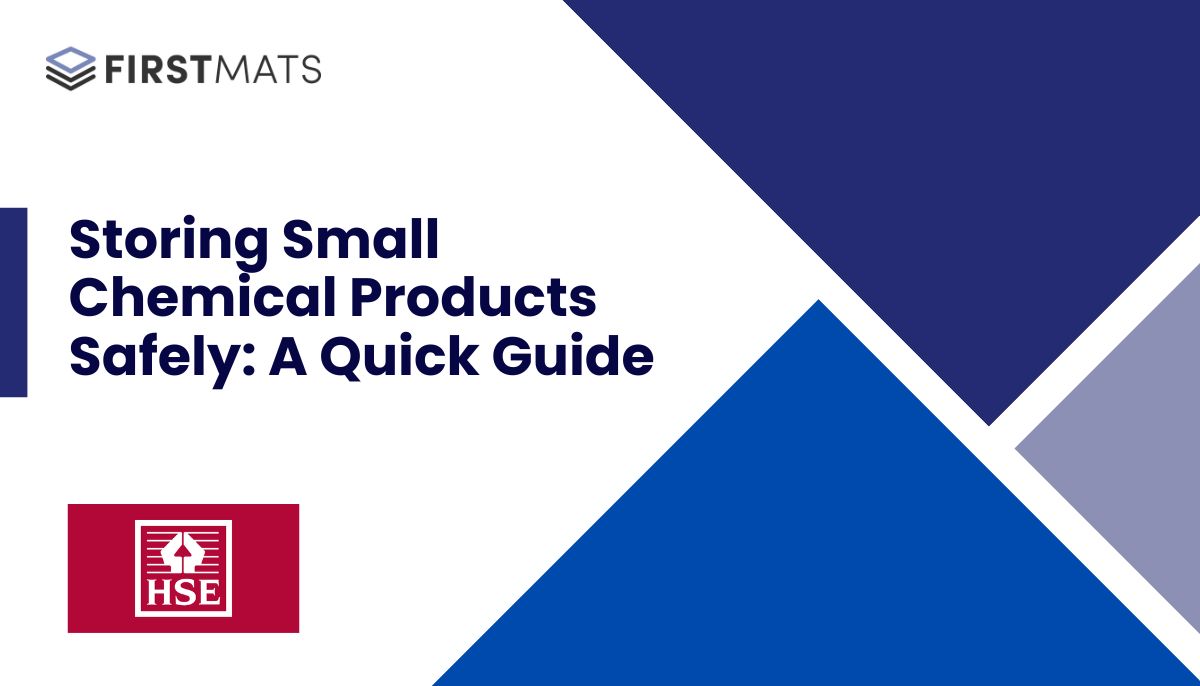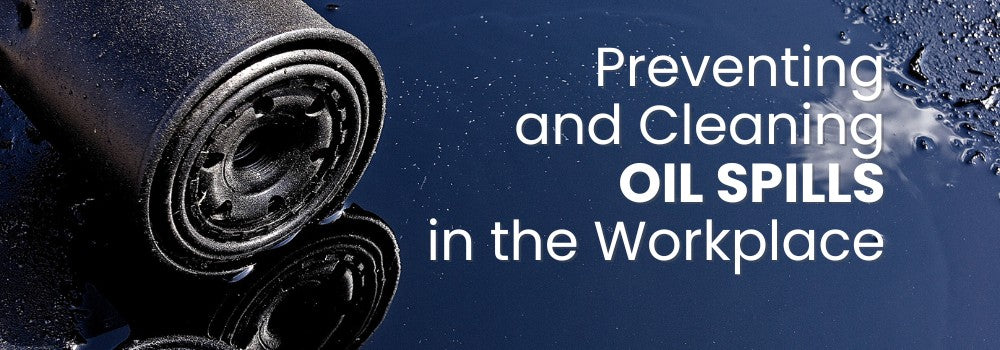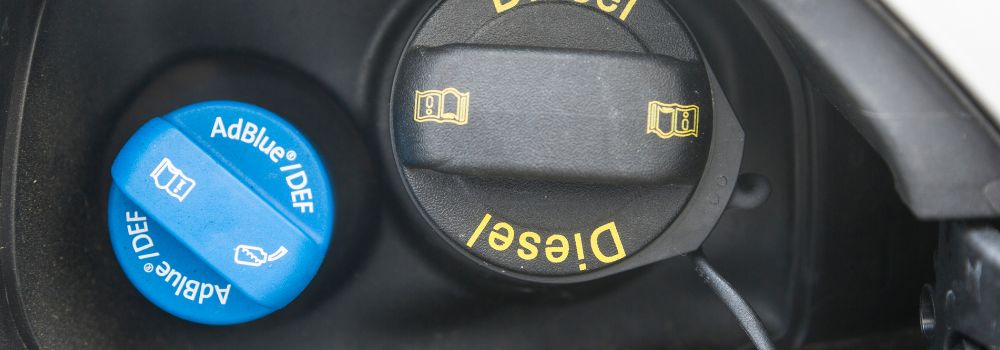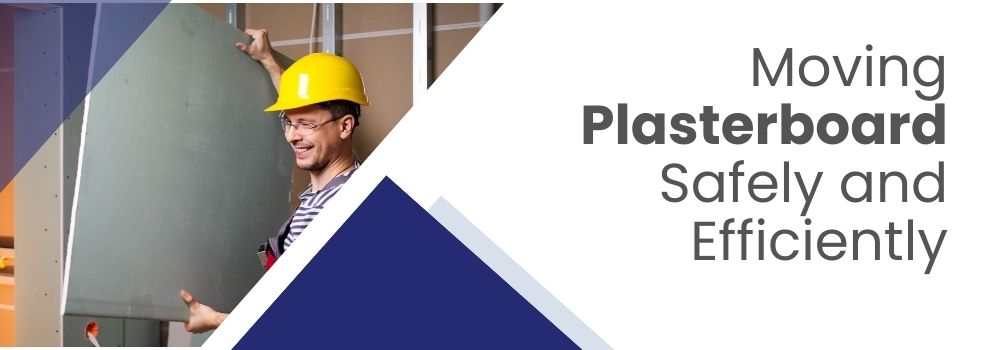What is the difference between TIG, MIG, arc and oxyacetylene welders?

by Richard O'Connor
Jul 15, 2021 | *4 minutes to readThere are four main types of welding: MIG, TIG, arc and Oxyacetylene. Each differs in ease of use, accuracy, cost and finish, so it’s essential to ensure that you are proficient in the proper technique for the kind of work that you do.
If you're looking for new welding Tools and Supplies, our handy guide is here to give you a quick overview of each type, with their relative positive and negative aspects compared.
MIG Welding

Also known as gas metal arc welding (or GMAW), MIG welding uses a handheld gun to arc an electrode to the metals you are trying to weld, melting and forming a bond between the materials.
To protect the weld from oxygen contamination, you can either use a solid wire with an externally applied protective gas (most often a 25% carbon dioxide, 75% argon mixture) or flux core wire which, as the name suggests, has the protective flux on the inside.
Because this kind of welding uses an externally added metal, you are not actually melting and fusing the two metal points. This means you can use MIG to weld two different kinds of metal, which can be very difficult to achieve with other welding equipment.
MIG welding is one of the more straightforward techniques, and the equipment is not the most expensive. However, you do need to factor in the consumables (like the wire).
TIG welding
TIG welding, or gas tungsten arc welding (GTAW), uses a non-consumable electrode to heat and melt your materials, which are then manipulated or beaded with a dipper rod. This can be a supremely accurate type of welding, and experts can adjust the torch's heat with precision, meaning that a vast range of metals can be welded without the danger of destroying the target metals.
While initially designed without filler material, newer models and techniques with a TIG set-up can incorporate a filler, allowing you to weld different metals together.
The welds created by a proficient TIG welder are the most aesthetically pleasing of these four weld types, so this is the preferred technique when the finished appearance is an important factor.
This kind of welding requires an externally applied gas to protect from oxygen contamination. TIG welding usually uses helium or argon gases rather than carbon dioxide. Gas is the only consumable used, so you can better monitor costs and efficiently manage stock. TIG welding can be more challenging to master than the other types of welding we’re looking at.
Arc Welding

Arc welding, or ‘stick welding’, is similar to MIG welding in that a consumable electrode is fed to the target materials and then melted with electricity.
Arc welders do not need an external gas source, however, as the electrodes (or ‘sticks’) have a flux coating to prevent atmospheric gases from affecting the weld. Arc welding is tricky to learn, but it can give the strongest welds with the deepest penetrations — shipyards use this technique, for example.
The electrodes can be sourced in various metals so that arc welding can be used for a versatile array of target materials. This technique is also the most suited to welding in non-ideal situations — in windy areas and on rusted or dirty materials.
Oxyacetylene Welding

This kind of welding differs from the others in that no electricity is used to generate the heat to melt the target or filler metals. Instead, the welder uses an extremely high-temperature flame, generated by igniting a mixture of oxygen and acetylene. This is then applied to the target, which melts and can be fused to form a strong weld.
Oxyacetylene welding is a very versatile technique. You can use the same torch to cut, weld and bend as required. The technique is not difficult to learn but can be tricky to master, as the welder needs to learn to control the temperature and manually manipulate the weld bead.
For more workshop products, see our full range of Workshop Tools and Equipment.
Explore More Topics
Frequently Asked Questions
If you have any questions, we’re here to help
How long does delivery take?
Each product comes with a specified lead time for delivery. We'll keep you informed if there are any delays in meeting this timeline.
Typically, once you’ve finalised your order and approved the proof, it will take 4-5 business days to make and deliver your finished mat.
If my order is damaged, can I return or exchange it?
Got a problem with your order? If something's not right or you're not thrilled with the quality, just let us know within 14 days of getting it. Drop us a line, and we'll tell you what to do next—usually, it starts with you sending us a photo of the issue. Once we check that out, we'll sort you out with a refund or a new item, no fuss.
Can I get my mat delivered more quickly?
Need your item in a hurry? Just Contact us to explore the faster delivery options we might have for you!
If my custom mat is damaged, can I return or exchange it?
Got a problem with your order? If something's not right or you're not thrilled with the quality, just let us know within 14 days of getting it. Drop us a line, and we'll tell you what to do next—usually, it starts with you sending us a photo of the issue. Once we check that out, we'll sort you out with a refund or a new item, no fuss.
























